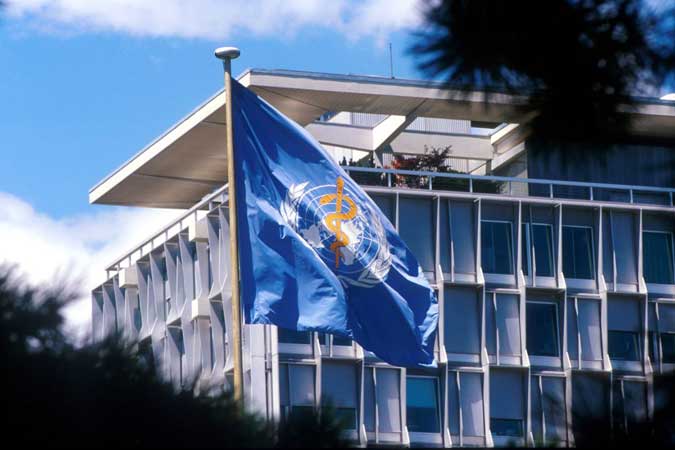MALARIA cases in the World Health Organization’s (WHO) Western Pacific region, which includes the Philippines, declined by 43% to 1.7 million last year from the year 2000, according to estimates by the group.
Estimated deaths from malaria — a preventable and treatable disease that continues to kill hundreds of thousands of people yearly — also fell by 52% to 3,200 during the period, the WHO said in a report posted on its website.
“Over the same period, malaria case incidence reduced from five to two cases per 1,000 population at risk, and malaria mortality rate reduced from 1 to 0.4 deaths per 100,000 population at risk,” it said.
Papua New Guinea accounted for 80% of all cases of malaria — an intermittent and remittent fever caused by a protozoan parasite that invades the red blood cells — in the region.
The parasite is transmitted by mosquitoes in many tropical regions.
The WHO said of the 10 countries, Cambodia, China Lao People’s Democratic Republic, and Malaysia are on target to achieve a more than 40% reduction in cases. South Korea and Vietnam are expected to cut the number of cases by as much as 40% this year.
Papua New Guinea, the Philippines, Solomon Islands and Vanuatu have experienced an increase in cases since 2015.
“All countries are on track to reduce the malaria mortality rate by at least 40% by 2020, except for Papua New Guinea, the Philippines and Solomon Islands,” the WHO said.
Of the estimated cases in 2019, 79% came from Papua New Guinea, 9.5% from Solomon Islands, 8.1% from Cambodia and 2.4% from the Philippines. The rest came from Laos, Vietnam, South Korea and Vanuatu. China and Malaysia did not report any cases.
Globally, there were about 229 million malaria cases and about 409,000 deaths last year, down from 238 million cases and 736,000 deaths in 2000.
About 1.5 billion malaria cases and 7.6 million deaths have been avoided in the past two decades, according to the WHO report.
Malaria cases in the WHO’s South-East Asia region fell by 74% to 6.3 million last year from the year 2000. Estimated deaths declined by 74%.
The WHO said the coronavirus pandemic and restrictions disrupted essential malaria services but it convened “cross-partner effort” to mitigate the impact in malaria-affected countries.
About $39 billion was invested in the fight against malaria between 2000 and 2019, $26 billion of which came from external donors.
Meanwhile, the Asia Pacific Leaders’ Malaria Alliance (APLMA) road map for 2015 to 2019 showed that countries in the Asia-Pacific region “remained committed and largely on track for elimination by 2030.”
“There is a growing sense of common purpose and increased funding across the region reflected in a near tripling of domestic financing,” the WHO said. “This has contributed to a 31% reduction of the disease burden overall since 2012.”
The goal of eliminating malaria by 2030 could be achieved through decisive leadership, sustained financing and universal coverage, it added. — Vann Marlo M. Villegas

